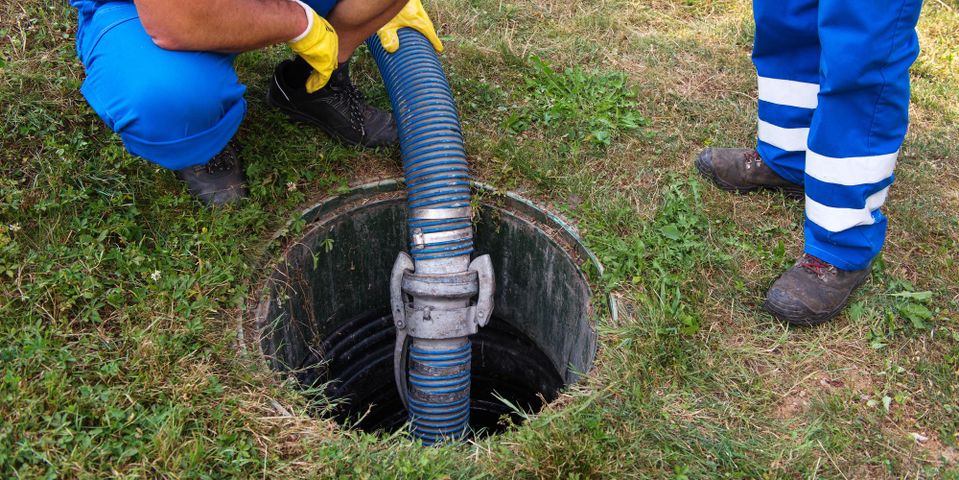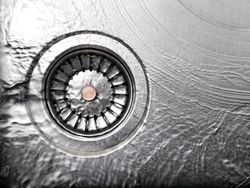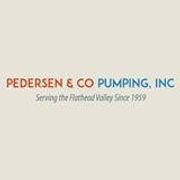
A septic drain field is only half of the septic system. A septic tank serves as an alternative to hooking up to a municipal sewer system. These are especially common in rural areas. There is, however, more to it than putting a tank in your backyard. The drain field is also an integral part of the system. Read more about the drain fields below.
What Is a Drain Field?
If you have a septic tank and drain field, wastewater leaves your home via pipes and enters a septic tank, usually buried on your property. Bacteria in the tank break down waste particles. Eventually, heavier waste settles to the bottom as sludge, and oil and grease rise to the top as scum. The middle, comprising partially purified water, is flushed into the drain field, further away from the house.
This portion of the system is typically made of pipes surrounded by gravel or sand. The pipes are usually perforated, allowing the water to leak into the earth where it’s naturally purified before it’s returned to the aquifer or converted to groundwater.
Types of Drain Fields
- Chamber Systems: This system uses a plastic tank that releases water from the bottom, rather than the sides. This system is more affordable to install but requires monitoring to assure it doesn’t overflow and the soil doesn’t become contaminated.
- Dry Well Systems: Dry well septic systems skip the perforated pipes and gravel troughs and instead use pits filled with crushed rock and gravel to purify the water. This is a durable system, but due to its smaller surface area, may not be as effective.
- Mound Drain Systems: In some cases, the ground or soil may not be suitable for the above drain fields and a mound drain system should be used. A chamber is built aboveground and may need an additional pump to force water into the tank and field. Once the water reaches the field, it’s purified like other drain fields.
Maintenance
Maintaining a septic system and drain field is easy as long as these rules are remembered. Make sure to never flush anything down the toilet except for toilet paper. Caution is recommended when using additives such as additional enzymes to help break up the waste. You should also avoid using cleaners that contain sulphuric or hydrochloric acid, which can damage the pipes and contaminate the groundwater. If you start noticing issues like bad odors or clogged drains, pumping your septic tank might be the next step. Call an expert to do this.
If you’re having problems with your septic system, call the experts at Pedersen and Co Pumping. They have been serving Kalispell, MT, since 1959 and are fully equipped to handle all of your septic tank and drain field needs. Visit them online for a full list of services or give them a call today at (406) 752-4321 to request a quote.
About the Business
Have a question? Ask the experts!
Send your question

